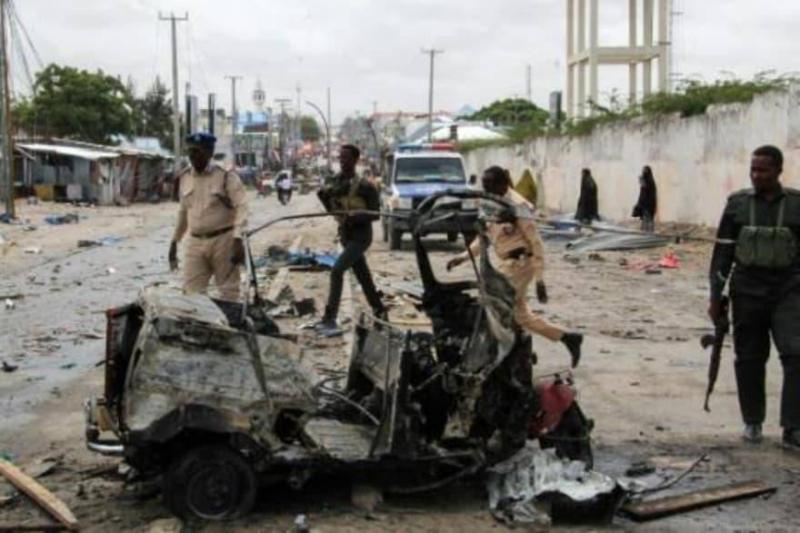At least five people were killed on Saturday in Mogadishu due to a suicide car bombing that targeted a Somali police chief, according to the police. The attack targeted the police chief of the Benadir region, which includes the Somali capital, and was claimed by the Al-Shabaab militant group affiliated with al-Qaeda, which has been fighting the Somali government for over fifteen years.
Sadiq Dudesh, a spokesperson for the Somali police, stated, "The commissioner was unharmed, but five people were killed and nine were injured." The bomber targeted the convoy of Commissioner Farhan Mahmoud at a busy intersection in the Somali capital. The spokesperson confirmed that "the terrorists aimed to target the police chief and other officers with him, as well as any civilians present at the location."
The commissioner previously led a special police unit tasked with conducting operations against Al-Shabaab and was promoted to the rank of general in April, being appointed as the police chief of the Benadir region. Al-Shabaab claimed responsibility for the attack in a statement, alleging that they killed "a large number" of the police chief's guards and destroyed several vehicles.
An eyewitness named Mir Adan remarked, "The explosion caused significant damage and led to many casualties among civilians and police," adding he saw at least six bodies. Another witness reported, "Smoke covered the site, and I saw many bodies, all of whom were civilians."
On July 3rd, ten people were killed and dozens more were injured in a suicide attack executed by Al-Shabaab at a cafe located a few hundred meters away from the Somali National Intelligence and Security Agency headquarters in Mogadishu, according to a government report. Al-Shabaab regularly conducts attacks against government and civilian targets in Mogadishu. The group controlled the Somali capital before being expelled by African Union forces in 2011 but still holds significant rural areas in the country.




